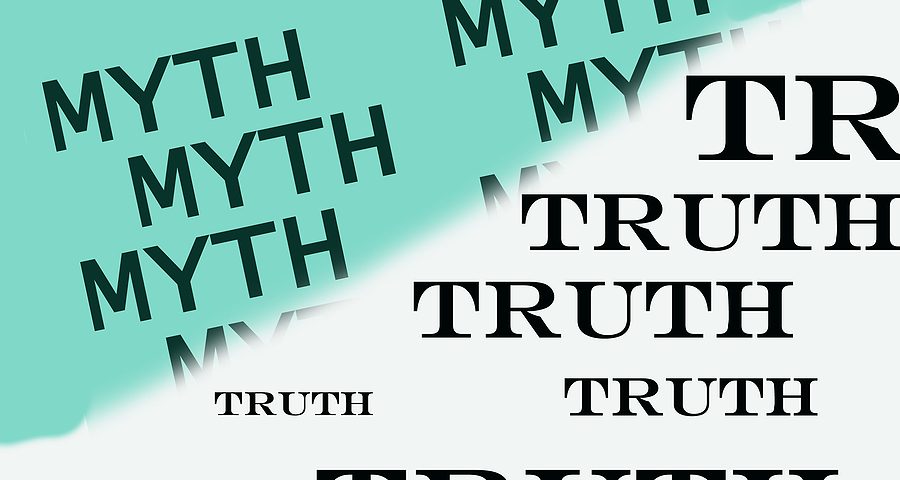- Credit Restoration Experts Nationwide
Credit Restoration Myth #4: I Can Do Credit Repair Myself
July 4, 2017
Credit Restoration Myth #6: Minorities Get Short Changed By Credit Scoring
July 5, 2017Credit Restoration Myth #5: Bankruptcy Ruins My Credit for 7-10 Years

(Note to consumers: This is the fifth in a
series regarding common misconceptions about credit repair or credit
restoration. The information contained is deemed to be accurate, but
not guaranteed.)
A bankruptcy is a fearsome thing, to be sure. But it also has its place in the financial scene. After two years, the specter of bankruptcy diminishes, as long as your credit payments have been on time since that time.
It is important to understand the differences between the types of bankruptcy filings, and how each affects you. The two most often utilized are:
Chapter 7: Chapter 7 is the most desired type of bankruptcy. In recent years, bankruptcy laws changed to disallow many people from getting this type of bankruptcy. That is because in a Chapter 7 proceeding, all of your debts are discharged without payback. Now there are stringent laws that regulate who can qualify. It is difficult to qualify without having a business involved. Your income must fall within a narrow range, and your hardship has to be approved by the court.
Chapter 13: Chapter 13 is the alternative to Chapter 7. In fact, many people who file themselves rather than seek the help of an attorney, find once they get to court that the judge disallows Chapter 7 and grants Chapter 13. You do not have a choice.
So it is very important to have experienced legal representation before you get started. A trained attorney knows how to help you qualify if you can for Chapter 7, and if not, goes over your options with you before you get into the courtroom and receive the sentence of Chapter 13.
We work with a nationwide group of attorneys who specialize in this subject, and for a reasonable flat rate, will take your case. We will pair you with a network attorney close enough to you to be able to drive to his/her office. Call us anytime for a free consultation.

